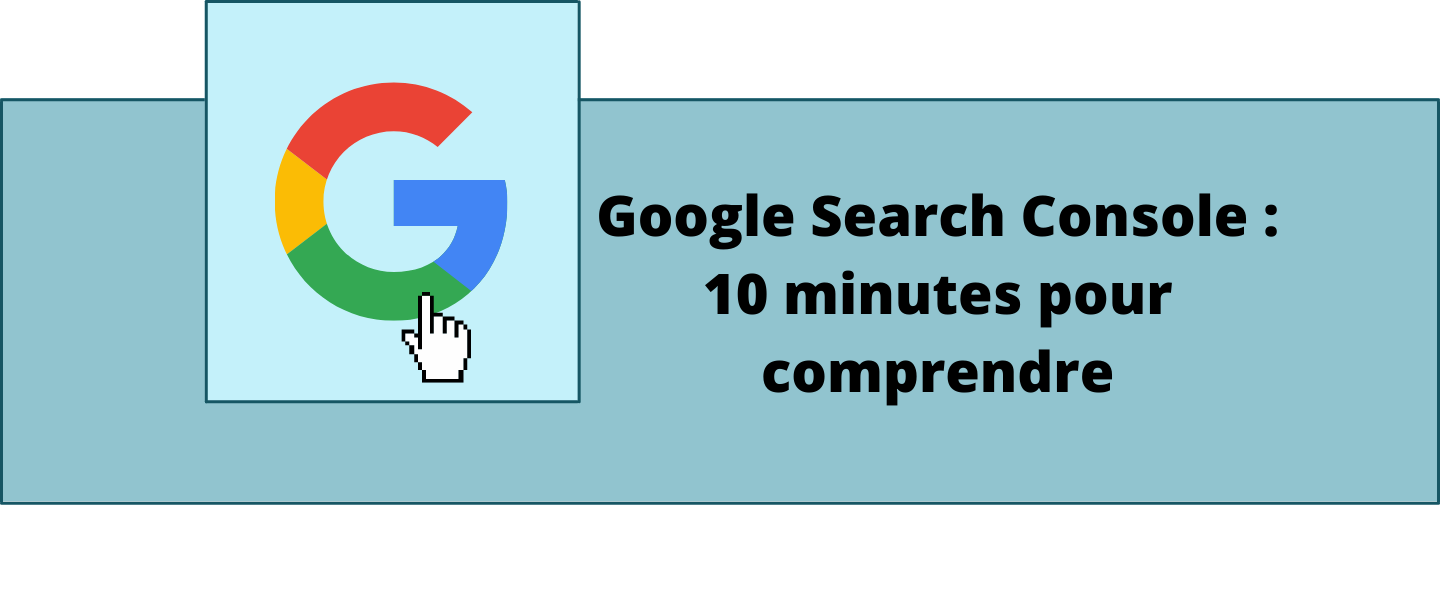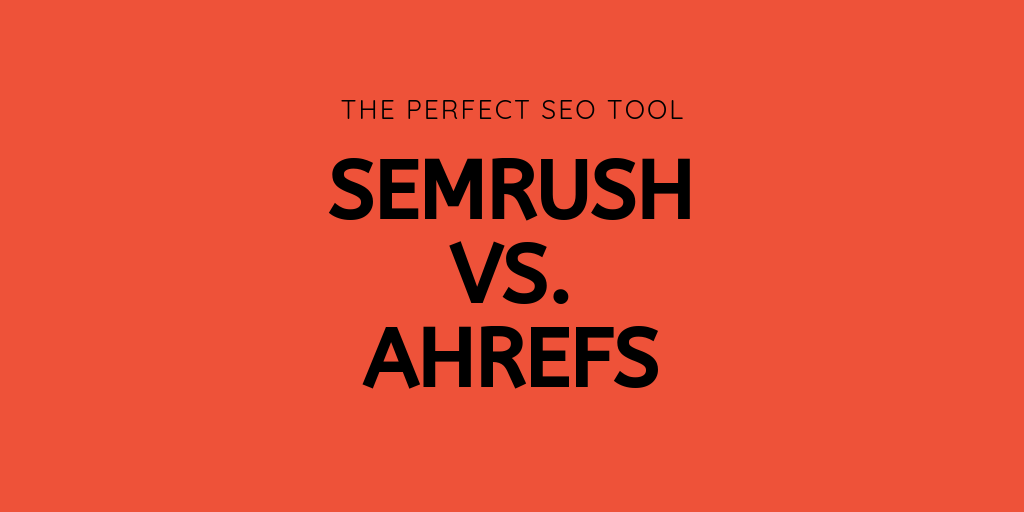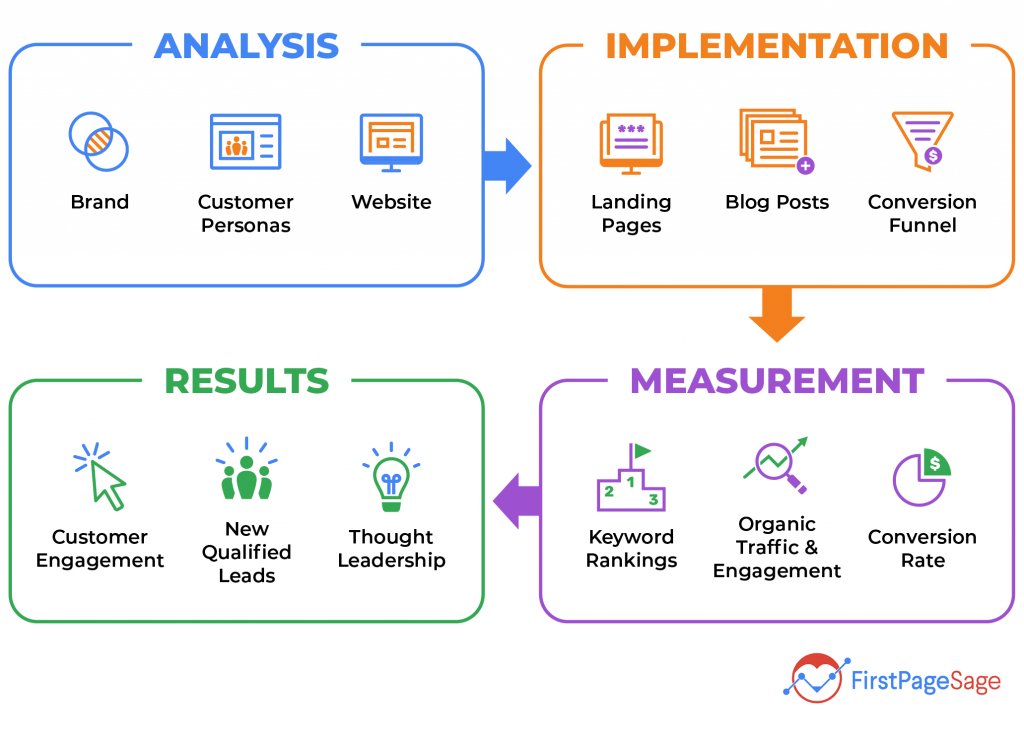
In order to write a blog entry that gets read and shares your opinion, you must follow a few important rules. These include clearly stating your views, using a CTA or SEO strategies, and not using jargon. These tips will ensure that your blog entry is a success. Keep reading to learn more. Below are some tips that will help you write your blog entry.
A clear point-of-view
It is important to have a strong point-of-view when writing a blog article. A strong point of view should be supported by facts and research. Readers expect well-informed, authoritative posts, and heavy citations are better than anecdotal examples. Here are some tips to help you write a blog entry that is both informative and not preachy.
CTAs

Your website's call-to-action is the most important component. Create a call-to-action that inspires readers to take action. You can play on fear-based emotions like the fear of missing the opportunity. Incorporate a CTA into your blog entry. These are just a few examples of CTAs. You can also use quotes to make your call to action stand out.
SEO strategies
You need to be aware of several things when you use SEO strategies in writing blog entries. Your content should not be inferior to the competition's. It is important to promote your content effectively so it attracts natural linking from other sources. Google's algorithms won't look at how many words your content contains, but they will consider the number of links linking to it. An in-depth and detailed post is more likely than one that is short.
Avoid jargon
While it's important to use plain language in your blog posts you shouldn't be afraid of using jargon. However, if you're writing a blog entry for a highly specialized audience, you may want to embrace jargon. Here are three criteria to determine if a phrase is useful to your audience:
Using visual content

If you're looking to improve your social media engagement, add visual content to your blog entries. Memes and animated GIFs are great ways to communicate your message in a memorable manner. They are easily shareable. Use them only in ways that are relevant to your topic. If you don't, your viewers will be distracted and lose interest.
Using a headline analyzer
To improve your blog's readability, you can use a headline analyser to create your entry. The tool will assess your headline for length, sentiment, power words, and other factors. The graphs will display the results and give you an idea of where your headlines rank. This tool will help you improve the headlines of your articles and increase your readership to ensure that your content receives more clicks and traffic.
FAQ
What are the different SEO strategies?
Different SEO strategies can be used, including search engine optimization (SEO), paid-per-click (PPC), and social media optimization.
SEO allows you to optimize content for specific keywords by using text formatting and HTML code.
This allows you to rank higher in search results.
Social media optimization (SMO), in contrast, involves optimizing your site for social networks like Twitter and Facebook.
These online assets help to establish your brand reputation, which makes it more attractive for visitors searching for related topics.
PPC ads are also displayed at the top search results pages and show relevant products or services.
Advertisements on Google paid searches are the most popular type of PPC advertising. These are very cost-effective, but they can also be expensive.
There are many other types of PPC advertising, including video ads, display ads and sponsored posts.
Where can you find your keywords?
Consider what type of products or services your company offers and who your ideal customer might be before you start looking for standard terms. Once you have a list of phrases, you can use Google Keyword Planner to find out what phrases people are searching or directly go to search engines such as Bing, Yahoo!, and DuckDuckGo.
Why Should I Use SEO?
There are many good reasons to use search engine optimization.
First, it increases traffic to your website by ensuring your website is high up in search engine results.
A second benefit is the ability to increase conversions. Users can be sure they find what they want when they type in their search bar.
Third, it increases brand awareness by helping customers find your business online.
Fourth, it enhances the user experience and allows them to navigate your website quickly.
Finally, it increases trust with potential customers by showing that your business cares enough about it to ensure it ranks high in search engines.
Statistics
- : You might have read about the time that I used The Content Relaunch to boost my organic traffic by 260.7%: (backlinko.com)
- These guides are designed and coded 100% from scratch using WordPress. (backlinko.com)
- 93%of online experiences today begin on search engines. (marketinginsidergroup.com)
- And 90%+ of these backlinks cite a specific stat from my post: (backlinko.com)
- Which led to a 70.43% boost in search engine traffic compared to the old version of the post: (backlinko.com)
External Links
How To
What You Need to Know About Duplicate Content and SEO
Webmasters and search engines both have to be aware of duplicate content. There are two types: internal and external duplicates. Internal duplicates occur when multiple pages within a site contain identical content. External duplicates are when the page has similar information to another URL.
Internal duplication refers to pages that contain identical text or images. This happens due to poor copywriting skills. Poor copywriting is when you don't have unique content on each page. You create internal duplicates when you do this.
External duplication refers to pages that contain similar information to other URLs. If you have two pages that are identical to each other, such as a product listing all of your products or a category listing all of them, you have external duplication.
Google doesn't penalize websites for having duplicate content. However, it does penalize sites that attempt to manipulate its algorithm to rank higher. If your website contains duplicate content, make sure it isn’t manipulative.
The most common way to manipulate Google's algorithm is through link building. Link building is creating links between websites. These links may appear unnatural, and Google might devalue your website.
These are just a few ways to prevent link manipulation
-
Avoid low quality backlinks (those which come from spammy sources).
-
Anchor texts should be relevant to your site.
-
You should create unique content for each page of your site.
-
High-quality content.
-
Good domain names are important.
Let's not fret about duplicate content. Focus on creating unique content on every page of your website. That will help you get better rankings on search engine results pages.